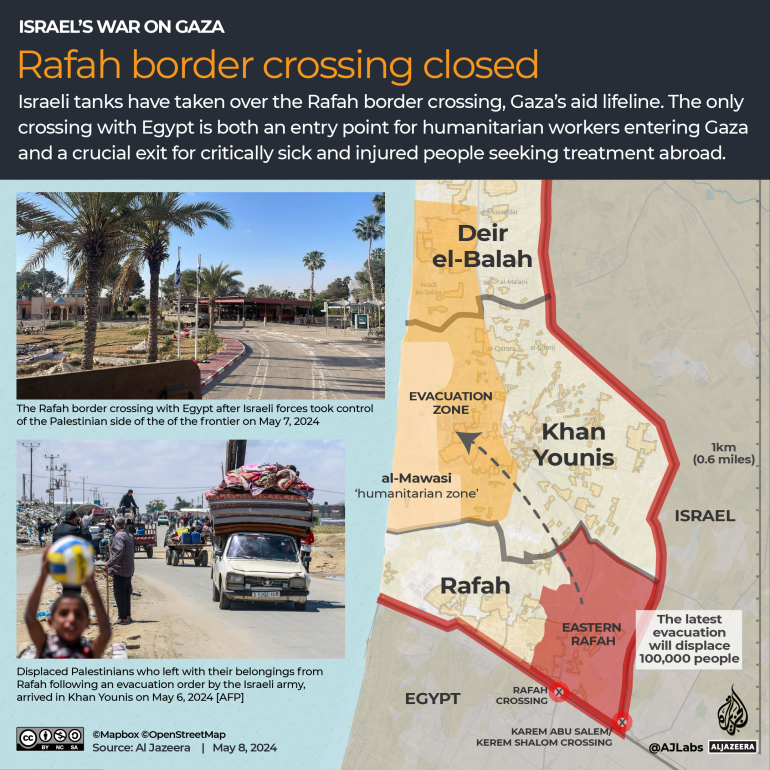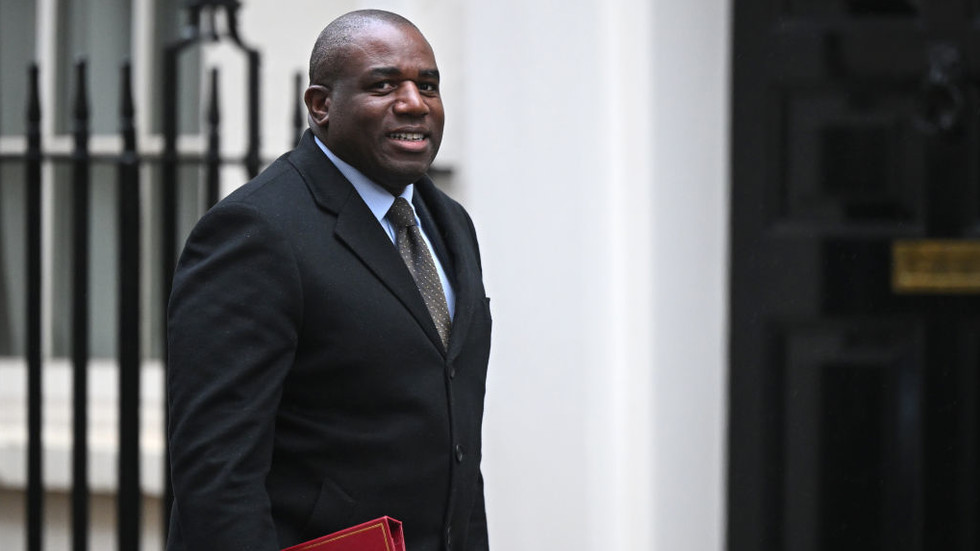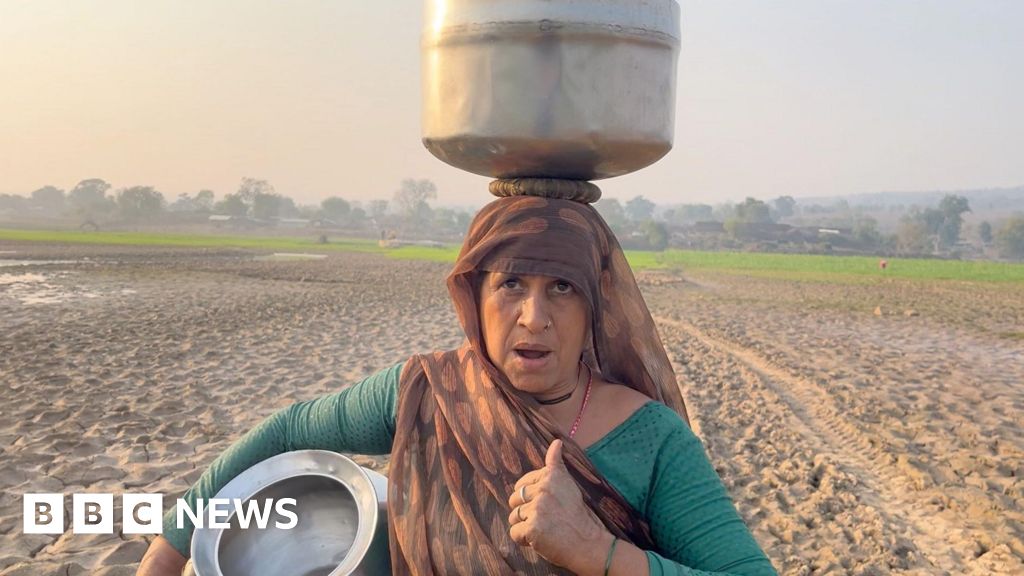Doctor pleads for protection as forced evacuation order is widened to include Rafah’s Kuwaiti Hospital.
Published On 11 May 2024
The Israeli military has ordered residents in more areas of eastern and central Rafah to evacuate as it expands its offensive in the southernmost corner of the Gaza Strip, again displacing tens of thousands of Palestinians.
An estimated 150,000 Palestinians, many displaced multiple times, have now fled Rafah, the United Nations Relief and Works Agency for Palestinian Refugees in the Near East (UNRWA) said on Saturday. Israel put that figure at about 300,000.
Reporting from Deir el-Balah in central Gaza, Al Jazeera’s Tareq Abu Azzoum said: “Israeli authorities dropped leaflets and made phone calls for more evacuation orders. They are now ordering people to flee from central areas of Rafah, not only the eastern portions, where battles are now raging.”
Earlier on Saturday evacuation orders were issued for Shaboura and the vicinity of the Kuwait Specialty Hospital, Abu Azzoum said, adding that “people are told to flee because these areas will in the future become a military operation zone for the Israeli army. The situation is completely dire”.
Saheb al-Hams, a hospital director in Rafah, confirmed that the expanded evacuation order included the Kuwaiti Hospital in Rafah city where countless numbers of patients and injured people are being treated.
“There is no other place for patients and injured people to go to but this hospital,” al-Hams said in a video message obtained by Al Jazeera, as he pleaded for “immediate international protection” for the facility.
Earlier on Saturday, the Israeli army said in a statement that “approximately 300,000 Gazans” had moved from the eastern part of Rafah to al-Mawasi since the order was issued on Monday.
Israel claims al-Mawasi, on Gaza’s western coast, is a “safe humanitarian zone”. But humanitarian groups and displaced Palestinians say tens of thousands of people are crammed into the area, and are facing severe food and water shortages, as well as periodic bombardments.
 (Al Jazeera)
(Al Jazeera)“They told us these areas are not threatened and is safe. But it turned out that this area is dangerous,” Ahmad Abu Nahil, a displaced Gaza resident, told Al Jazeera as his family fled Rafah.
Raed al-Fayomi, another displaced resident, also described the situation as very dangerous.
“We couldn’t sleep at night because of the artillery shelling and the rockets. The condition is very difficult and food is scarce.”
Georgios Petropoulos, an official with the UN Office for the Coordination of Humanitarian Affairs (OCHA) in Rafah, told The Associated Press news agency that humanitarian workers had no supplies to help them set up in new locations and accommodate the tens of thousands of new people from Rafah.
“We simply have no tents, we have no blankets, no bedding, none of the items that you would expect a population on the move to be able to get from the humanitarian system,” he said.
The Israeli army has claimed what it called a “temporary evacuation” was being communicated to people through leaflets, mobile text messages, phone calls and broadcasts in Arabic. But it is unclear how many people received the order.
The military initially ordered the evacuation of eastern Rafah on Monday as it seized control of the crossing with the Egyptian border before its long-threatened ground assault in the city where about 1.4 million displaced people were sheltering.
Israeli tanks captured the main road dividing Rafah’s eastern and western sections on Friday, effectively encircling the eastern side of the city.
Gaza’s Ministry of Health said on Saturday that at least 34,971 people have been killed and 78,641 wounded in Israeli attacks on Gaza since October 7. The revised death toll in Israel from Hamas’s October 7 attacks stands at 1,139 with dozens of people still held captive.
Source
:
Al Jazeera and news agencies

 9 months ago
36
9 months ago
36









